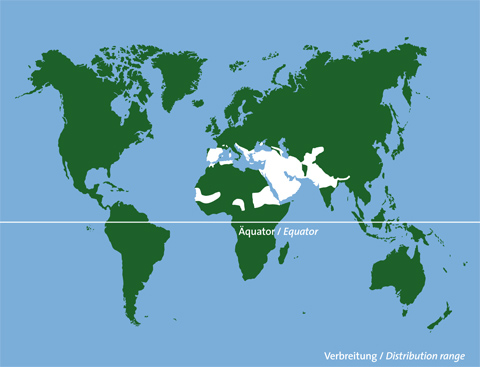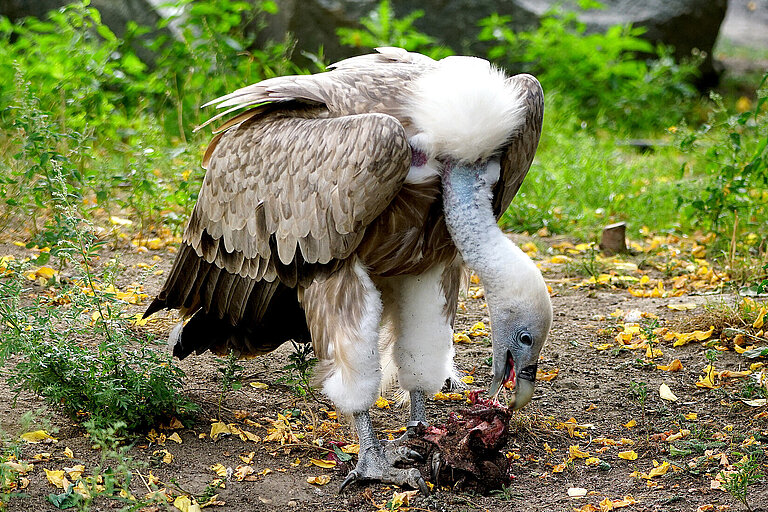Did you know?
When a vulture discovers a carcass, it doesn’t take long for other vultures to arrive. The griffon vulture uses its sharp beak to tear carcasses apart, then ripping out the intestines. It buries its head inside the carcass to get at the innards. To stop food remnants from sticking to feathers, its long neck is covered in down feathers.
Characteristics
| Classification | Order: Accipitriformes (diurnal birds of prey); family: Accipitridae |
|---|---|
| Diet | Feeds mostly from carcasses of wild and domestic animals |
| Habitat | Open areas with mountains and crags for roosting and breeding; avoids very high, damp and cold mountains |
| Reproduction | Incubation: 50–58 days; clutch of 1 egg |
Status according to Red List
More information you will get on the web page of the IUCN Red List.









